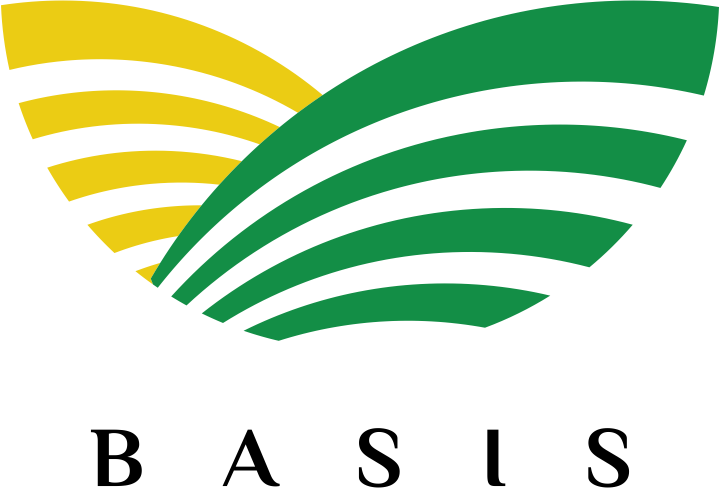This paper evaluates the effectiveness of a new index-based livestock insurance (IBLI) product designed to compensate for area average predicted livestock mortality loss in northern Kenya, where previous work has established the presence of poverty traps. We simulate household-specific wealth dynamics based on a model parameterized using rich panel and experimental data from the region. The simulations allow us to investigate patterns of willingness to pay for asset index insurance that is imperfectly correlated with individuals' loss experience. The bifurcated livestock dynamics associated with the poverty trap gives rise to insurance valuation that is highly nonlinear in individual herd size. Willingness to pay among vulnerable groups who most need insurance are, on average, lower than commercially viable rates but subsidization of IBLI premiums appears to offer more cost-effective poverty reduction than direct transfers to the poor.
Paper: The Performance of Index Based Livestock Insurance: Ex Ante Assessment in The Presence of a Poverty Trap
Documents
